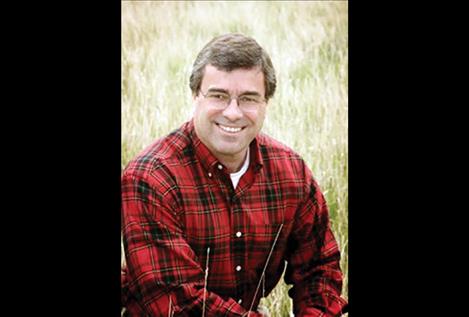Managing CWD will take cooperation from all Montanans
Hey savvy news reader! Thanks for choosing local.
You are now reading
1 of 3 free articles.
MONTANA – Montana hunters have been afield pursuing deer, elk and other big game, just as we have done for decades. But new this year is the knowledge that chronic wasting disease (CWD) is present in our state’s mule deer and white-tailed deer.
Last year’s first-ever detection of this devastating disease was a huge blow to our state, although its arrival was considered inevitable. This fall, more harvested deer have tested positive for this always fatal neurodegenerative disease.
For years, Montana has been surrounded by states and provinces with CWD, some of which have the disease in high prevalence in wild herds and game farms. Montanans voted to ban game farms in 2000, eliminating one of the biggest sources for establishment and spread of the disease. But now that CWD has infected some wild herds, we face the twin challenges of limiting its prevalence and geographic spread.
Last year the disease was first detected in a mule deer buck in Carbon County south of Billings. More deer, both harvested mulies and whitetails, soon tested positive. Later in the season, mule deer were found to be infected in north-central Montana’s Liberty County, and this year more animals have tested positive.
CWD can seriously impact affected herds, as seen in Wyoming and Colorado. Unlike other wildlife diseases, CWD is caused by prions, free-living proteins. Once infected, these abnormal prions attack an animal’s central nervous system over months or years, causing behavioral changes as the animal’s body wastes away.
Sick animals continue to shed infectious prions in saliva, urine, feces—and eventually their carcasses—contaminating their habitats and exposing additional animals. The prions are nearly indestructible and may persist in the environment for years. Because of the months-long incubation period of the disease, hunters may observe nothing out of the ordinary in harvested animals that were recently infected.
There has never been a confirmed case of CWD being transmitted from a deer species to a human. However, the Centers for Disease Control does not recommend that hunters eat animals that test positive for the disease. If you suspect that the deer, elk, or moose you harvested may suffer from CWD, or you harvested it from one of the areas where the disease now exists, have it tested by Montana Fish Wildlife and Parks.
So what can we do to limit CWD’s spread? Montana FWP has adopted a solid plan to manage the disease. The plan calls for keeping the prevalence below five percent in infected herds.
First off, infected herds will require stepped-up disease surveillance and possibly increased harvest to limit animal density—a factor that contributes to disease spread within and between herds. That could mean reduced wildlife numbers in those areas, but the long-term benefit of keeping CWD at a low prevalence makes it a worthwhile trade-off. In particular, bucks more readily transmit the disease than does, so lowering buck-doe ratios can stem the spread of CWD.
In some cases, targeted culling of deer may be necessary to reduce an increasing prevalence rate of CWD within a herd. Although such actions may reduce short-term recreational opportunities, the longer-term health and prosperity of herds are likely to benefit.
Finally, hunters should stay informed as MFWP works to monitor and manage CWD. Check your local newspapers, and look for announcements on the status of CWD as the program moves forward.
Montana has always been a leader in wildlife management, and managing CWD will be no exception. With cooperation from all Montanans, working together with our state’s wildlife professionals, we can limit this disease’s impact and maintain our longstanding wildlife abundance and hunting traditions.
Bill Geer is president of the Montana Wildlife Federation.
















